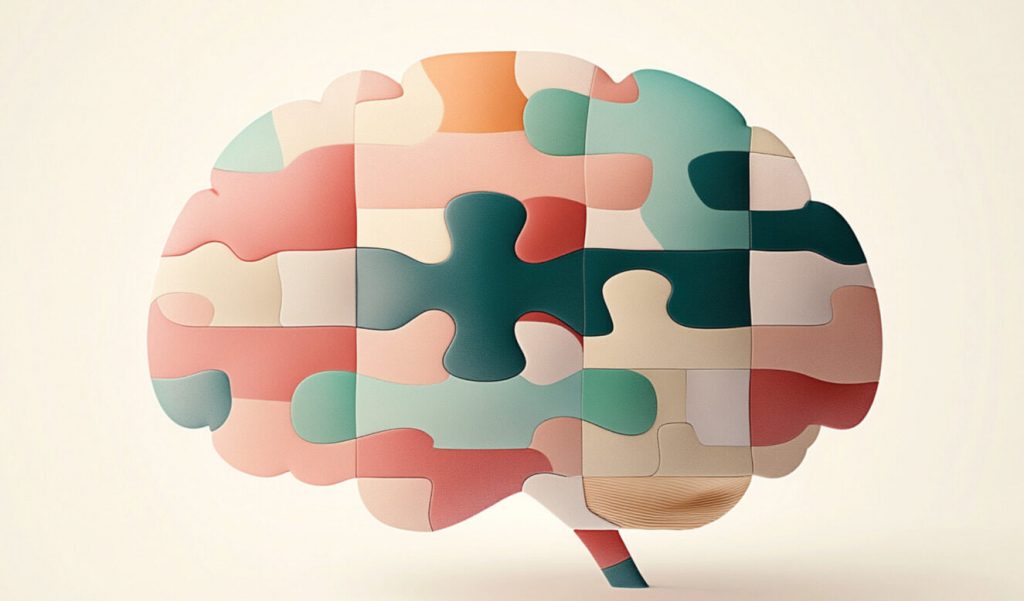
The importance of creating a more neurodiverse workplace
Make diversity work with ADHD plans that are realistic, clear and easy-to-follow
My original intent was to write a blog post that would coincide with ADHD Awareness Month in October. However, my best laid plans were sidelined by a rather bad sickness that kept me out of the office. I was disappointed until I realized the goal of ADHD Awareness Month is to keep the conversation going all year. So, in that spirit, I decided to still write the blog.
Attention deficit/hyperactivity disorder (ADHD) impacts the executive function part of the brain and is a neurodevelopment condition that impacts a diverse range of people. ADHD impairs all forms of attention regulation. This means people can have difficulty breaking their focus if they find something stimulating. Or the opposite, they under focus when they are not interested. It impacts males and females, although girls are diagnosed at about half the rate of boys because girls tend to present differently. Rather than being hyperactive, girls are often inattentive, so symptoms are overlooked. But the rate is roughly the same in adulthood, as diagnoses catch up for adult women. In fact, a child receiving a diagnosis often leads to a mother seeing similar experiences and symptoms in herself.
ADHD is misunderstood. It is not linked to sugar or screen time or poor parenting or a particular ethnic group. A study of TikTok videos on ADHD showed only one out of five was actually valid, and 52 percent were misleading. Misinformation is harmful so use credible sources when learning about ADHD. It is not alright to say everyone has a little ADHD or that it is made up. Medical imaging studies show definite differences in brain development. Nor is it something children grow out of; at least 60 percent of children diagnosed with ADHD have symptoms as adults.
Embracing neurodiversity
People’s brains work in different ways. Neurodiversity is about the differences in individual brain function and behaviours. Like our personalities, people differ in how they think, understand information, and interact and communicate. Neurodiversity includes ADHD as well as autism spectrum disorder, learning disabilities, intellectual disorder, communication disorders and motor disorders.

ADHD is the most common neurodevelopment disorder in Canada, affecting approximately 1.8 million of us, or approximately 1 in 21 people. It is highly hereditary and can include hyperactivity or inattentiveness, or a combination of both. It does not mean people with ADHD cannot concentrate, but they need to be engaged in an activity to hold focus. It can impact everything from school to employment to finances to family to friends.
As VP of People and Culture at Aercoustics, I want to create the most inclusive workplace possible, so learning about neurodiversity and how to support employees with ADHD is part of my work. For me, it is important to understand how it can affect productivity and job performance, rather than trying to “fix” an employee to have them work a certain way, it is about finding creative accommodations, which vary as it shows up differently for everyone.
But I also have a personal connection, since I have family members diagnosed with ADHD, and am currently booked for my own assessment. This led me to do a lot of reading and research, and I joined groups and listened to podcasts to better understand ADHD so I can support success and advocate for people in systems that neurodiverse people can find challenging. What I find the most encouraging is we now have better tools to manage it, are removing the stigmas and more people understand how to accommodate people with ADHD.
Learning about ADHD
People with ADHD are usually out-of-the-box thinkers, high energy, innovators, creative, and enthusiastic, with the ability to be hyperfocused. But they have challenges with organization, prioritization, time management, managing emotions, and starting tasks. It’s also interesting to note ADHD is often associated with another condition, such as obsessive-compulsive disorder (OCD), anxiety disorders, learning disabilities, mood disorders, oppositional defiance disorder (ODD) and more, which can lead to difficulty in diagnosis.
Aercoustics invited the Centre for ADHD Awareness, Canada (CADDAC) into our offices for a training session to better understand the situation. Executive Functions are a set of cognitive processes that allow a person to engage in goal-directed behaviour. The functions are:
- Attention regulation
- Organizing, prioritizing and time management
- Flexibility
- Task initiation
- Impulsivity
- Emotional regulation
- Working memory and processing speed
- Self-regulation and monitoring.
*Source CADDAC
Described as the management system of the brain, these functions allow people to plan, prioritize, remember instructions and juggle tasks. But when people struggle with these functions, it can impact other areas of their work.
ADHD in the office
Based on the statistics, you probably already work with someone with ADHD. They can be a social butterfly who volunteers for every project but also struggles with deadlines, organizing documents, maintaining focus or getting overwhelmed easily.
It is important to create an environment where employees can be comfortable disclosing their condition. Employers can easily make small adjustments to reduce the barriers and provide a level playing field. Accommodations will depend on the individual, their job and the tasks required, and usually involve hard and soft solutions.
Hard solutions can be items like noise-cancelling headphones, more work space like a larger stand up desk or office area, apps such as Inflow, Routinery or Headspace, visual calendars or recording devices for meetings. Soft accommodations could include alternative work arrangements, inclusive policies on neurodiversity, breaking tasks into smaller pieces, options on how information is presented or additional follow-up or direction as needed.
And new artificial intelligence applications are rapidly expanding options. For example, AI can quickly read or scan emails or provide summaries to keep inboxes organized. Or it can support task planning and organization tools. Employers need to be open to the tools that can support diverse employees.
Creating a neuro-inclusive workplace
Not supporting neurodiversity has a real impact on people and the workplace. As mentioned above people with ADHD can have other conditions such as suffering from anxiety that may lead to burnout, feeling overwhelmed, high turnover and increased absenteeism. These kinds of disruptions can lower productivity and create a workplace that is less than ideal. It can be very helpful when companies are purposefully mindful and make plans for neurodivergent employees, especially when this extends to career planning.
The more you learn about ADHD, the more you will understand how they work the way they do. Team leads and managers need the tools to understand accommodations and how to make changes to create a more conducive work environment.
If an employee discloses their ADHD, meet to discuss their challenges and develop a plan that is realistic, clear and easy-to-follow. The plan needs everyone to work together to ensure the right supports are in place, and expect adjustments based on regular monitoring. There may be some trial and error involved, but finding the right accommodations will be better for all parties.
And remember, ADHD brings unique strengths like creativity, innovation and hyperfocus. For a company like Aercoustics, that is great for the work we do. We punch above our weight because we innovate, solve, and repeat.
I think it is very important to advocate for neurodiversity in the workplace. ADHD may not be visible but creating space to understand what it means and having policies that support employees are important. You can also create hiring practices for more neurodiversity in your workplace, encourage a curious workplace culture, and revisit retention and development policies.
Success for ADHD employees is based on acceptance, understanding and knowledge, combined with workplace accommodations. A more inclusive workplace helps everyone.
Organizations like CADDAC are great resources and also offer training sessions to help increase awareness and create a more neurodiverse workplace. Be part of the change around ADHD and get educated. It is the best way to stop misinformation from spreading, remove the stigma, and build a stronger workplace.
